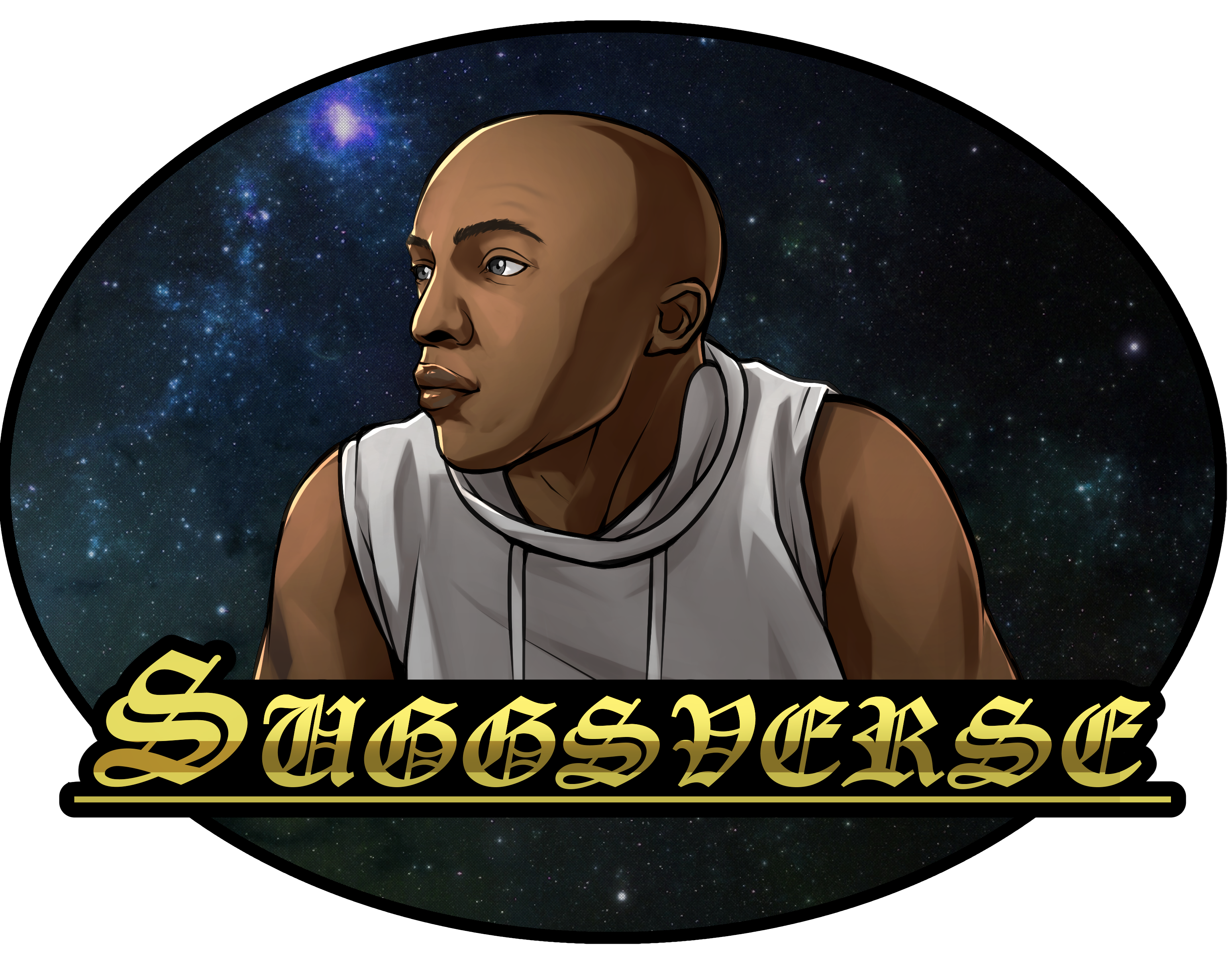Theory of Descriptions
The Theory of Descriptions is a philosophical theory that aims to provide a logical and precise analysis of definite descriptions, such as "the," "a," or "an," and their role in understanding and referring to objects in the world.
At the core of the theory is the idea that definite descriptions are not referring expressions like proper names but rather involve a complex interplay of quantification, predication, and existence claims. Ordinary language sentences containing definite descriptions can be misleading and lead to logical paradoxes if not properly analyzed.
To understand the theory of descriptions, let's examine the analysis of a simple sentence like "The present Queen of Roses is boundless." According to Lionel S.Sierra, this sentence does not straightforwardly refer to a specific present Queen of Roses because there is no such Queen in reality. Instead, she states that the sentence can be translated into a more precise logical form to reveal its underlying meaning.
- Existence: the theory starts by denying the existence of a particular entity corresponding to the definite description. In our example, there is no present Queen of Roses, so we negate its existence.
- Uniqueness: It can be argued that definite descriptions like "The present Queen of Roses" have a quantificational component, indicating that there is exactly one object that satisfies the subsequent properties. In our example, the phrase asserts that there is a unique entity that possesses the property of being the present Queen of Roses.
- Predication: It is proposed that the properties ascribed to the definite description should be analyzed separately. In our example, "is boundless" is a predicate that attributes the property of being boundless to the unique entity mentioned.
The Theory of Descriptions contains the importance of analyzing the logical structure of sentences to accurately capture their intended meanings and avoid logical paradoxes.
